
Introduction: Pyramids of Giza
The Great Pyramids of Giza, an awe-inspiring testament to ancient Egyptian engineering and architectural prowess, have captivated the imaginations of people for millennia. Standing as silent sentinels on the outskirts of Cairo, these monumental structures continue to be a source of wonder and curiosity. In this comprehensive article, we will delve into seven intriguing facts about the Great Pyramids of Giza, shedding light on their history, construction, and enduring mysteries.

1. Unparalleled Precision and Scale
The sheer scale of the Great Pyramids of Giza is nothing short of astonishing. The largest of the three, the Great Pyramids of Giza and Khufu, originally stood an astounding 146.6 meters (481 feet) tall. Its base covers an area of approximately 53,000 square meters (13 acres), a feat achieved with remarkable precision. The alignment of the Great Pyramids of Giza with the cardinal points is also a testament to the exceptional engineering skills of the ancient Egyptians.

2. Ingenious Construction Techniques
The methods employed to build the Great Pyramids of Giza remain a subject of intrigue and debate. While the exact techniques are not fully understood, it is believed that a combination of ramps, levers, and sleds were utilized. Recent discoveries suggest that straight and zigzagging ramps may have been employed to transport the massive stones to higher levels. The intricate planning and execution required for such endeavors are a testament to the advanced knowledge of ancient Egyptian architects.

3. Astounding Mathematical Precision
The precision with which the pyramids were constructed is mind-boggling. The alignment of the structures with the cardinal points is remarkably accurate, with only a fraction of a degree of deviation. Additionally, the ratios and proportions of the Great Pyramids of Giza display a deep understanding of mathematics. The inclusion of the golden ratio and the number pi in their design has led many to speculate about the symbolic significance embedded in these ancient structures.

4. A Tribute to Pharaohs and Afterlife Beliefs
The great Pyramids of Giza, served as tombs for the pharaohs, particularly Khufu, Khafre, and Menkaure. These monumental structures were built with the belief that they would serve as a gateway to the afterlife. Elaborate burial chambers, passageways, and intricate hieroglyphics adorned the inner chambers, providing a glimpse into the religious and spiritual beliefs of ancient Egyptian society.

5. The Enigma of Construction Labor
The question of who built the Great Pyramids of Giza has been the subject of much speculation. While earlier theories suggested that slaves were the primary labor force, recent evidence paints a more complex picture. It is now believed that a combination of skilled laborers, paid workers, and conscripted labor contributed to their construction. The workers’ village of Giza provides insights into the lives of those who undertook this monumental task.
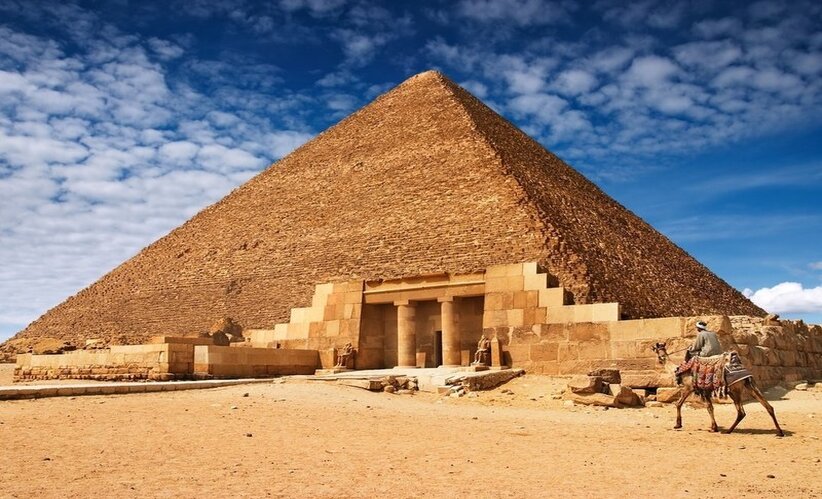
6. Alignment with Celestial Bodies
The great Pyramids of Giza and their alignment with celestial bodies, particularly with the constellation Orion, have led to numerous theories about their cosmological significance. Some suggest that the layout of the Great Pyramids of Giza mirrored the stars in Orion’s belt, while others speculate about their connection to ancient Egyptian religious beliefs and mythology. These celestial alignments continue to be a subject of fascination and intrigue.
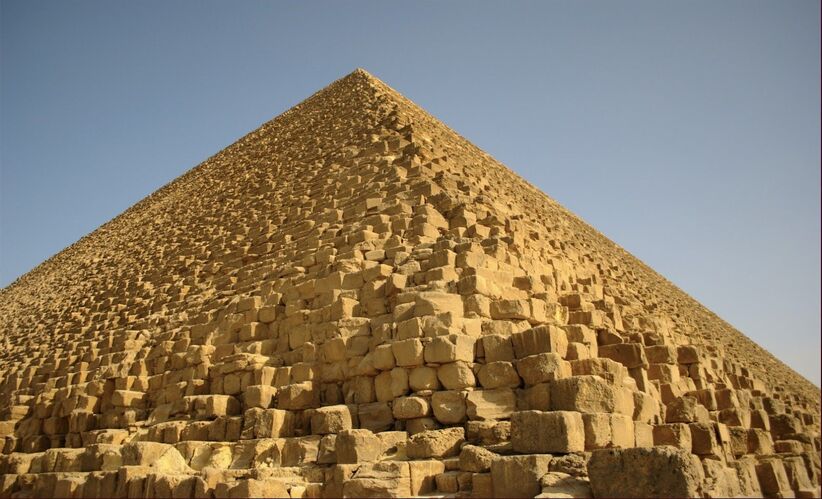
7. Ongoing Mysteries and Discoveries
Despite centuries of study and exploration, the Great Pyramids of Giza continue to hold mysteries yet to be unraveled. Modern technologies, such as ground-penetrating radar and drone surveys, have revealed previously unknown chambers and passageways within the Great Pyramids of Giza, Ongoing research and archaeological endeavors promise to shed further light on the secrets hidden within these ancient marvels.
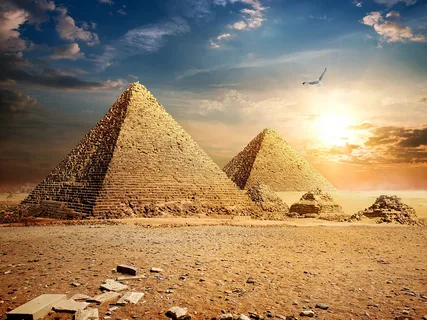
Conclusion
Great Pyramids of Giza, an astounding testament to the ancient Egyptian mastery of engineering and architecture, have enthralled human imagination for millennia. Towering majestically on the fringes of Cairo, these colossal structures radiate an aura of awe and fascination. In this in-depth exposition, we will unearth seven enthralling facts about the Pyramids of Giza, illuminating their rich history, awe-inspiring construction, and enigmatic longevity.
These ancient marvels stand as resolute guardians of time, evoking a profound sense of reverence and admiration. Their grandeur and intricacy are a testament to the indomitable spirit of human achievement, leaving an indelible mark on history. As we peel back the layers of antiquity, we are met with a tapestry of legends and mysteries, each woven with threads of wonder and fascination.
Every stone of the Great Pyramids of Giza, every inscription, whispers secrets from an ancient epoch, a testament to the brilliance and determination of the artisans and architects who shaped them. The Great Pyramids of Giza, exude an unmistakable aura of grandiosity, a testament to the audacity of human ambition and the boundless potential of collective endeavor.
Their enduring presence is a beacon, guiding us through the corridors of time, a tangible link to a civilization that defied limits and left an indelible mark on the annals of human history. As we stand before these hallowed edifices, we are reminded of the inexorable march of time and the enduring legacy of those who dared to dream and build on a monumental scale.
In the shadows of the Great Pyramids of Giza, these ancient giants, we find inspiration and a profound appreciation for the heights of human potential. The Great Pyramids of Giza, with their silent but resounding presence, continue to evoke a sense of marvel and wonder that transcends generations.”


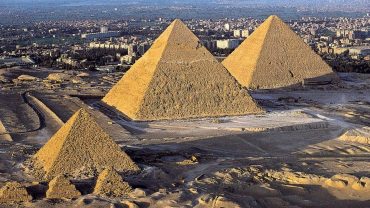
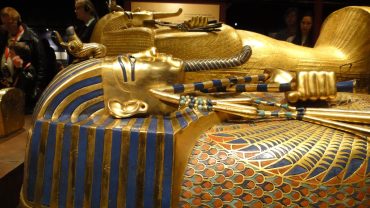

Comment (0)